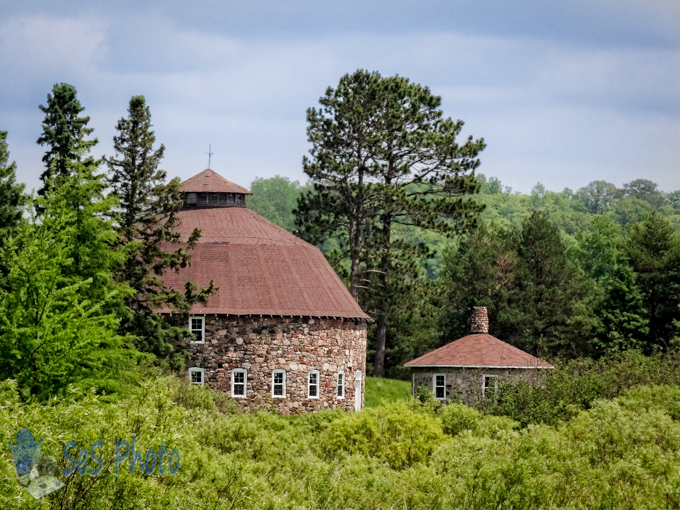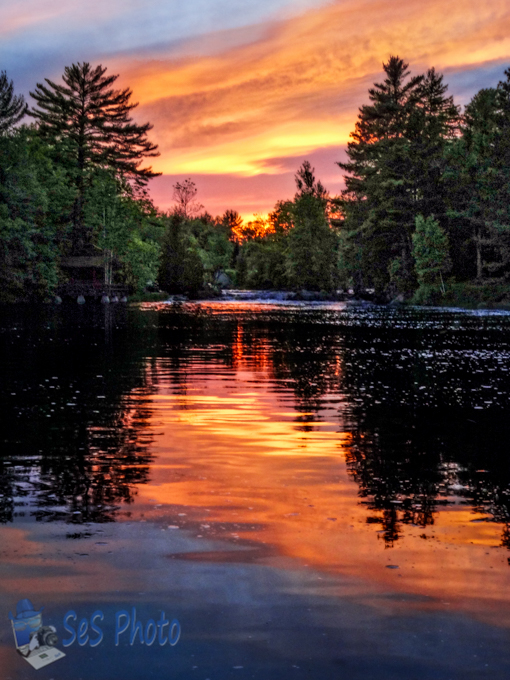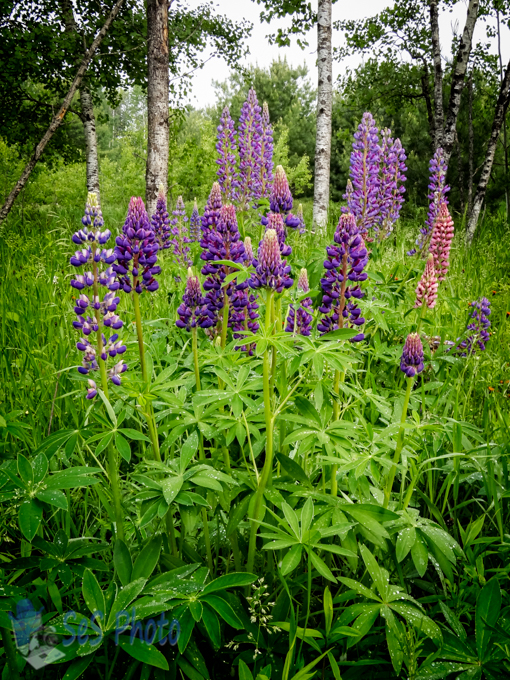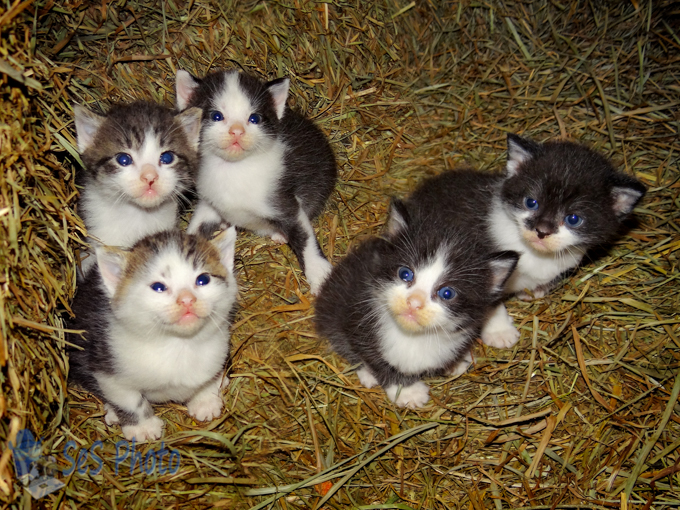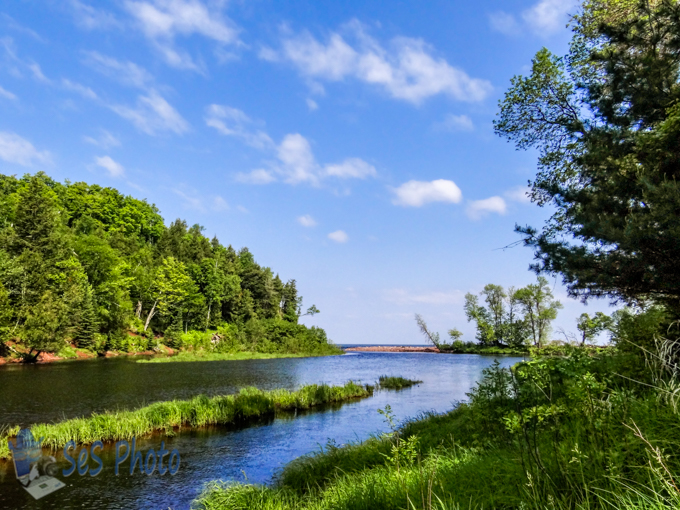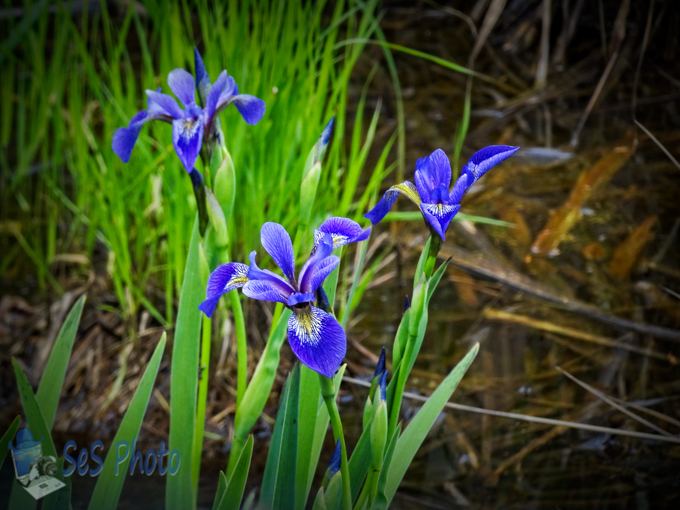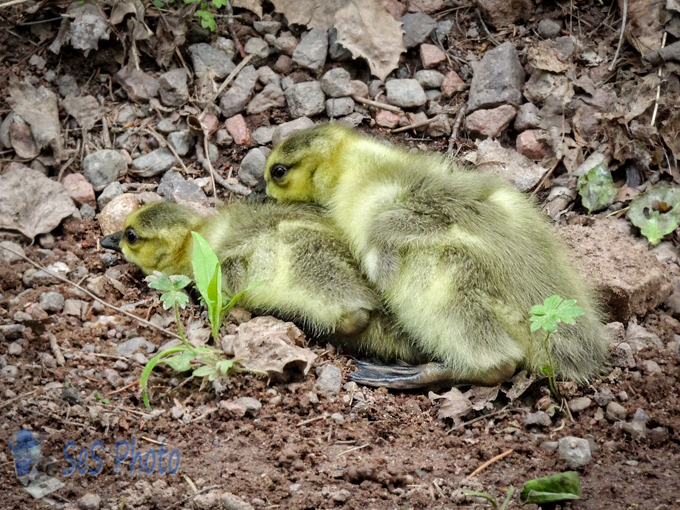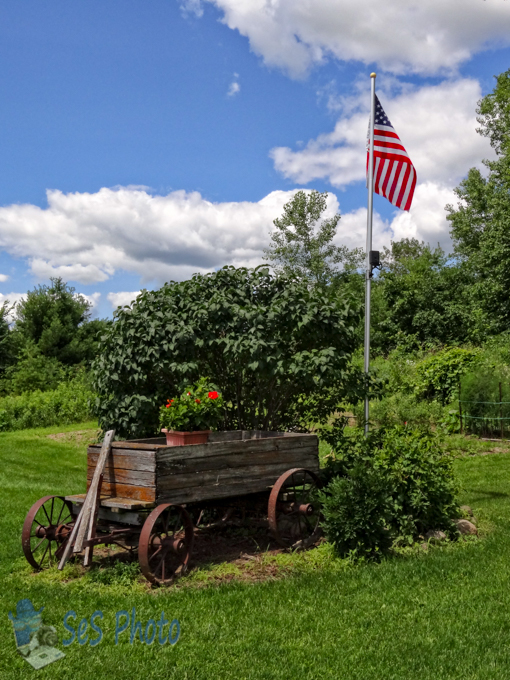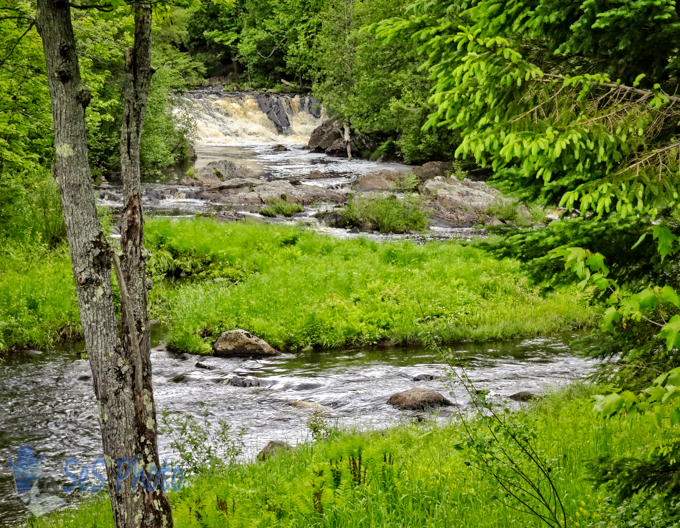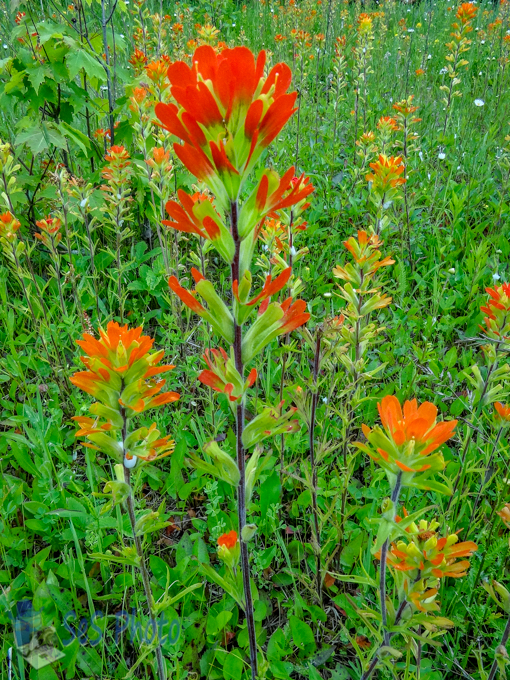In the late 1800s and early 1900s, round barns were promoted as an efficient design, with feed for a dairy herd stored in the middle and cows spread out around it. Round barns were not easy to expand for increasing herds and the mechanization of American agriculture was more suited to rectangular barn design so the round style was never as popular as the traditional style and few remain across the county and all stone construction are a rare find, which only one listed in Wisconsin.
Matthew Annala, a Finnish carpenter and stone mason, had a small dairy farm south of Hurley, Wisconsin, where he built a 24 inch thick stone round barn which took five years to complete with the help of some of his sons and neighbors. Only a little mortar was used since they relied on the mason’s skill of fitting the multi-colored stones together for a tight binding. The barn was completed in 1921 and continued to be a dairy barn and deliver milk to the region until 1973.
In 1979, Matthew Annala’s barn earned a listing on the National Register of Historic Places. A paragraph from the petition states, “The Annala Round Barn and Milkhouse…is significant for its design, its excellence in craftsmanship, and its associations with the area’s early Finnish settlement and with private dairy farming in Iron County.”
Annala Round Barn and Milkhouse
